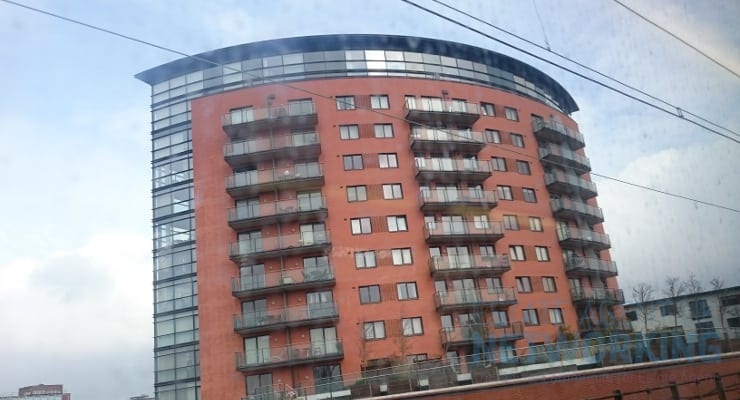Wear – What is the definition of wear and tear?
So you’ve spent hours / months / maybe even years getting your property fit for rental, but now you’re worrying about wear and tear; ‘how do I decipher what is reasonable and what isn’t?’
The law currently defines fair wear and tear as “reasonable use of the premises by the tenant and the ordinary operation of natural forces”, however there is no precise statute on what ‘reasonable wear and tear’ actually is.
This is why you should always enlist the help of an experienced and knowledgeable inventory clerk to determine this.
Your tenant has a contractual duty of care to leave the property at the end of a tenancy in the same condition recorded at the start. But, no landlord can expect to have old replaced with new at a tenant’s expense – as this would be classed as ‘betterment’.
Betterment and Apportionment
To avoid betterment, the allocation or apportionment of any costs, charges or compensation for damage must take into account all the factors relating to
(a) Fair wear and tear,
(b) The most appropriate remedy and,
(c) That the landlord should not end up either financially or materially in a better position than they were at the beginning of the tenancy or as they would expect to be at the end of the tenancy having considered (a) and exercised (b).
So for example; a landlord cannot request that the tenant pays for repairs or replacement of a carpet that they’ve simply walked across throughout the tenancy. However, if the carpet had been freshly cleaned and was free from stains/marks at the start of the tenancy, but was covered with cigarette burns at the end check-out then you would be entitled to deduct a reasonable amount from your tenants deposit for the replacement of the flooring.
As a compliant and pro-active landlord you have a duty of care to find the most reasonable and practical remedy for all – therefore, if an issue regarding wear and tear can be rectified simply by:
– replacement,
– repair
– and/or cleaning
then these 3 methods should be considered first before going down the compensation route, which can become complicated, stressful and costly.
This is why instruction of a competent and professional inventory clerk is paramount, as they will be able to accurately comment on fair wear and tear in your particular situation.
There are a number of factors that we take into consideration when assessing fair wear and tear, which include:
– Condition of the property at the start and end of tenancy
– Mid-term inspection
– Length of the tenancy
– Age of the property
– Number of tenants living in the property throughout the tenancy
– Pets
Does the furnished lettings wear & tear allowance apply?
The 2011/2012 Wear and Tear Allowance is 10% of the “relevant rental amount” and is available to those who let out residential property as ‘furnished.’ (This does not apply to holiday lets or partially furnished properties.)
The “relevant rental amount” is:
– The receipts from furnished residential lettings recognised in arriving at the profits for the period LESS
– Any expenses that would normally be borne by the tenant.
It covers things like beds, sofas, fridges, freezers, curtains, carpets, crockery, etc and shouldn’t be confused with fixtures that are integral to the building, e.g. baths, basins, toilets, immersion heaters, etc…
We have a vast knowledge and wealth of experience in dealing with fair wear and tear issues in residential accommodation, including furnished property matters.
Prevention of unreasonable wear and tear AKA damage
– Thorough Inventory.
Enlist the help of a fully regulated, insured, experienced and impartial independent inventory clerk who can provide a detailed, full colour report– on check-in, check-out and mid-term.
– Rental Deposit.
Landlords cannot keep a tenants deposit due to general wear and tear, but they can use it to pay for any damages incurred by the tenant throughout the tenancy.
– Periodic Inspections.
Regular property inspections by the landlord will provide peace of mind that the tenant is keeping the property in good repair and will flag up any existing issues and/or potential future complications regarding wear and tear.
This post was originally published by Yellow Oak Inventories LTD on February 04 2015 http://bit.ly/1cfLhL5









